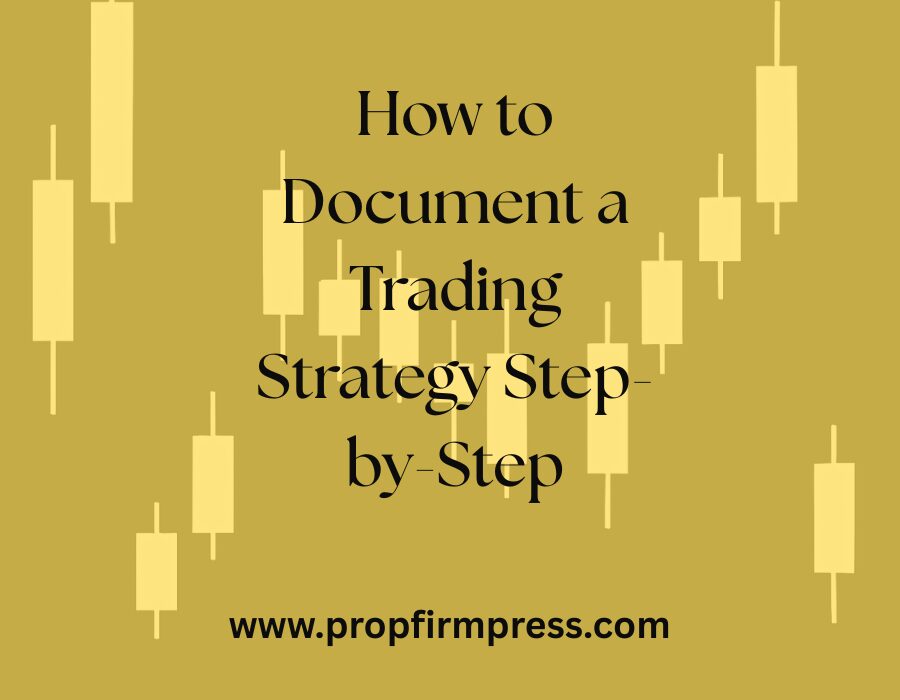How to Document a Trading Strategy Step-by-Step
If you want to pass prop firm evaluations consistently, you need more than a “good feel” for the markets. You need a written, repeatable strategy. Documenting your trading strategy allows you to refine your edge, troubleshoot mistakes, and improve performance under pressure.
Step 1: Define the Setup
Start by clearly writing down your go-to setup. For example:
- Market: ES or NQ futures
- Condition: Breakout of 30-minute opening range
- Indicators: VWAP and 9 EMA confluence
- Entry trigger: Break and retest with volume surge
Step 2: Set Risk Parameters
Document your stop loss size, position sizing method, and max daily risk. For instance:
- Stop loss: 3-point hard stop
- Position size: 1 contract per $2,000 balance
- Daily max loss: 2%
This makes your strategy scalable across different prop firm account sizes, like Top One Futures or Bulenox.
Step 3: Map Out Trade Management Rules
How do you manage the trade once it’s open? Examples include:
- Partial take at 2R
- Break-even stop after 1.5R
- Time-based exit if price stalls for 15 minutes
Write this as if explaining to a junior trader who must follow it exactly.
Step 4: Define Your Filters
List what keeps you out of bad trades. Examples:
- No trades during high-impact news
- Avoid setups after 11:30 AM EST
- Skip if price is within 2 ticks of overnight high/low
These filters protect your stats during prop firm evaluations.
Step 5: Write the Playbook Entry
Put it all together in a one-page playbook format:
- Setup: Opening range breakout
- Context: Above VWAP, trending day
- Trigger: Retest with volume surge
- Risk: 3-point SL, 1 contract per $2,000
- Management: 2R partial, BE at 1.5R
- Exit Plan: Time stop or full target at 3R
Use Templates to Streamline Strategy Design
Prop Firm Press offers a Strategy Documentation Template designed to help traders build clear, repeatable plans for any firm. Use it to build your own strategy playbook.
